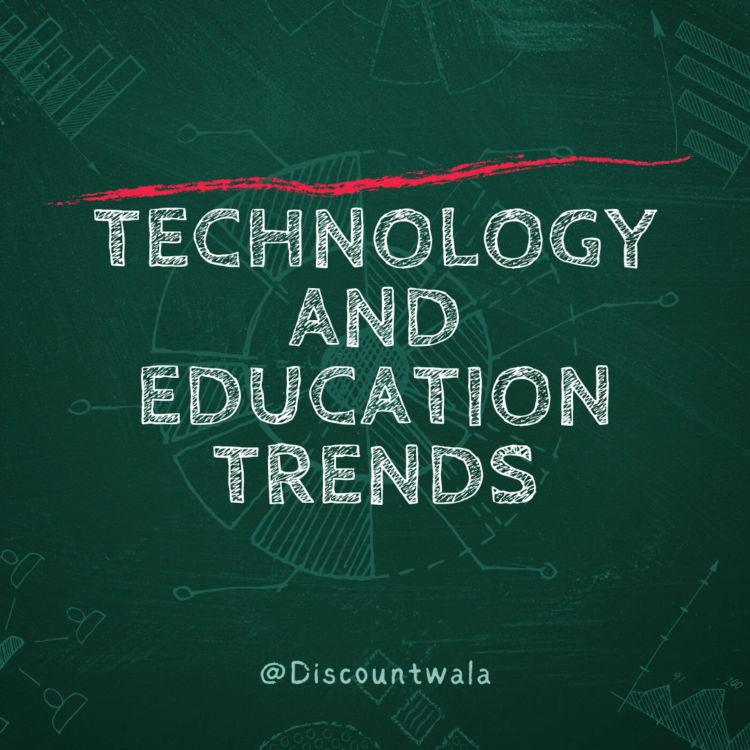In the ever-evolving landscape of education, technology has become a driving force, reshaping the way we learn, teach, and engage with information. From innovative tools in the classroom to online learning platforms, the intersection of technology and education has opened up new possibilities and transformed traditional educational paradigms. This blog explores the current trends at the intersection of technology and education, highlighting the impact on students, educators, and the future of learning.
Blended Learning Environments:
The integration of technology has given rise to blended learning environments, combining traditional face-to-face instruction with online components. This approach offers the flexibility of self-paced learning while maintaining the benefits of in-person interaction. Virtual classrooms, educational apps, and multimedia resources are just a few examples of how technology is fostering a more dynamic and personalized learning experience.
Adaptive Learning Platforms:
Personalization is at the forefront of education technology trends, and adaptive learning platforms are leading the charge. These platforms use algorithms to tailor the learning experience to individual student needs, adjusting the difficulty level of content and providing targeted feedback. This not only accommodates different learning styles but also ensures that each student can progress at their own pace.
Virtual Reality (VR) and Augmented Reality (AR) in Education:
Immersive technologies like virtual reality (VR) and augmented reality (AR) are revolutionizing the way students engage with educational content. VR can transport students to historical events, scientific phenomena, or even fictional worlds, providing a hands-on and interactive learning experience. AR overlays digital information onto the real world, enhancing everything from textbooks to museum exhibits, making learning more engaging and memorable.
Gamification for Engagement:
Gamification is gaining popularity as a strategy to enhance student engagement. By incorporating game elements, such as points, badges, and competitions, into educational activities, teachers can motivate students and make learning more enjoyable. Educational games and interactive simulations not only reinforce academic concepts but also develop critical thinking and problem-solving skills in an engaging manner.
Artificial Intelligence (AI) and Machine Learning:
AI and machine learning are revolutionizing the education sector by offering personalized insights and automating administrative tasks. AI-powered chatbots can assist students with queries, while machine learning algorithms analyze data to identify trends in student performance. These technologies enable educators to make data-driven decisions, providing targeted support for students and optimizing the learning experience.
Remote and Online Learning:
The global shift towards remote and online learning has been accelerated by recent events. Virtual classrooms, video conferencing, and online collaboration tools have become essential components of modern education. While offering flexibility and accessibility, these tools also present challenges, including the need for digital literacy skills and addressing the digital divide to ensure equitable access for all students.
Conclusion:
As technology continues to advance, the synergy between technology and education will only strengthen. Embracing these trends not only enhances the learning experience but also prepares students for a future where digital literacy is a crucial skill. Educators, students, and policymakers must collaborate to harness the potential of technology in education, ensuring that it remains a transformative force in shaping tomorrow’s minds. By staying abreast of these trends, we can collectively contribute to an educational landscape that is dynamic, inclusive, and well-equipped to meet the challenges of the 21st century.










No Comments
Leave Comment